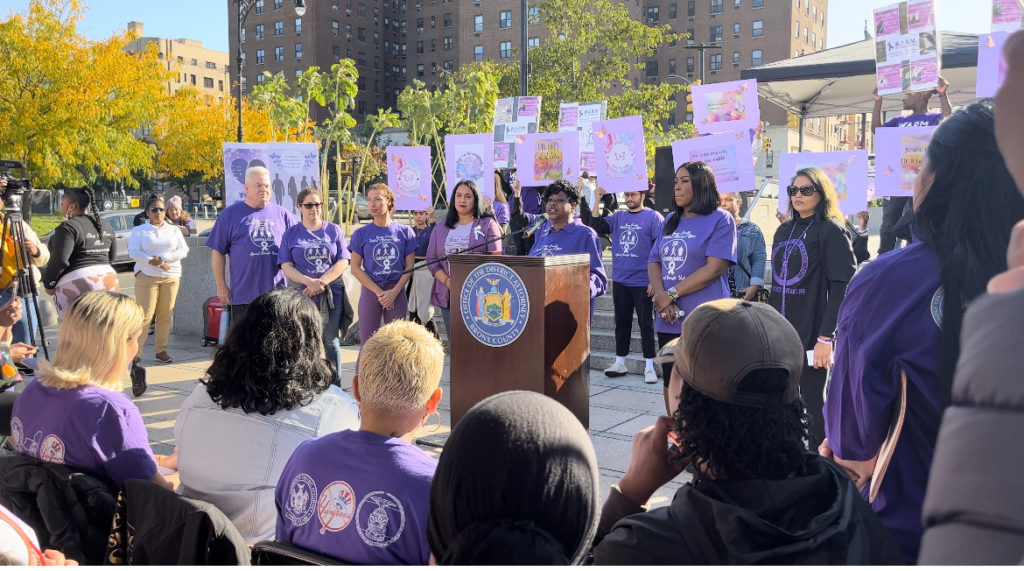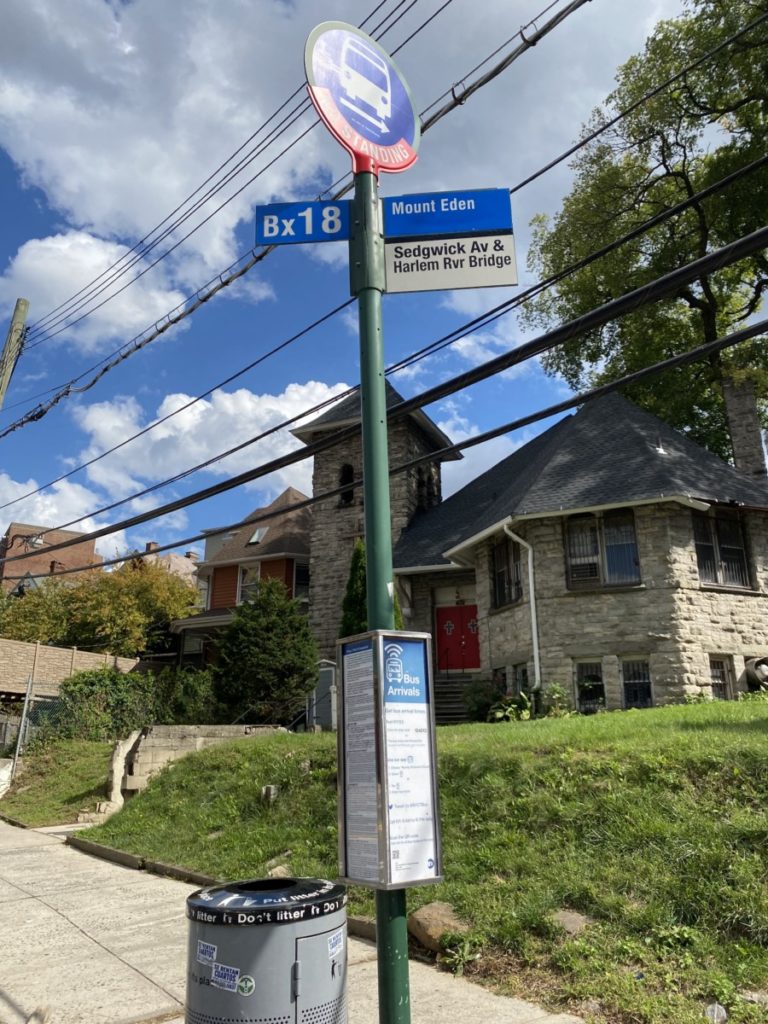Since cash bail was eliminated for non-violent felonies and misdemeanors in 2019, debate has raged in New York about the impact the reform has had on communities in the city.
The law came into effect on January 1, 2020, then adapted a few months later, in an attempt to reduce pretrial detention and reduce the number of people incarcerated because they could not afford to pay bail. Instead, judges could only enforce measures which would ensure the defendant returned to court.
The move away from cash bail was lauded as a positive move among advocate groups like the New York Civil Liberties Union who maintain that “wealth should not determine liberty.” Monetary restrictions no longer determine whether or not a defendant can be released. However, in the Bronx, some members of the community view bail reform in a different light.
Janet Jimenez, manager of Bronx Terminal Market, which is located a minute’s walk from Grand Concourse in the South Bronx, attributes her troubles with reoffending shoplifters to the changed bail reform law. One man has been caught shoplifting “maybe 38 or 40 times,” she said, and “nothing happens to him.”
“They call it a petty larceny only fourth-degree misdemeanor and let him go.”
According to NYPD data, incidents of petty larceny in the 44th precinct, where the Bronx Terminal Market is located, have increased by approximately almost 27% in the last two years.
When asked whether she noticed a change once bail reform was introduced, Jimenez responded “of course, immediately.” Jimenez has identified the people who have been repeatedly arrested for shoplifting in the shopping complex and said she brought it to the attention of authorities in an effort to highlight the levels of re-offense. She insists that something needs to change.
“If you are a repetitive offender of the law, no matter what you do, something has to happen to you,” Jimenez said.
Other businesses say they are facing similar problems. “It’s killing us,” said Lesley Bunn, an Asset Protection Supervisor of Burlington Stores in the South Bronx.
“When I confront the shoplifters and say I’m going to call the police they say ‘so what I’ll be back in three hours,” Bunn said. “They have no fear of consequences because there’s no consequences”.
Police data show that in 2020, 19.5% of offenders who committed a crime that would no longer qualify for bail, were re-arrested at last once after their first arrest. In 2019 it was 17.3%. The same set of data reveals that for the same group, 26% of people arrested for burglary in 2020 were arrested within 30 days for another offense. In 2019 this number was 10%.
However Miriam Popper, a Senior Advisor at New York City Criminal Justice Agency believes it isn’t possible to draw out the true impacts of bail reform just yet. “We’ve seen bail reform play out in other cities and states where outcomes stayed the same or improved,” she said.
Illinois, Texas, Kentucky and Philadelphia, for instance, have maintained stable re-arrest rates since bail reform laws were introduced, according to the Center for American Progress.
It’s currently too difficult to analyze the impact bail reform has had on New York, Popper said.
“It will take a while to pull apart the effects of bail reform in New York and everything else that happened in 2020,” she said.
It may be reductionist to suggest that there is a cause and effect relationship between bail reform and crime rates. When considering the increase in crime it is important to take into consideration that there are other factors involved such as the “distress caused by the pandemic and the wake of the pandemic,” said Jeremy Cherson, a Senior Policy Advisor at the Bail Project. The Bail Project is a non-profit organization that helps to pay bail for people in need.
However, Cherson pointed out that there has been no specific evidence which reveals a link between bail reform and levels of crime and recidivism. A statement that is also made on the NYCLU website.
“The things that people are experiencing in the Bronx and New York City are things that are being experienced across the United States,” he said.
At a national level, data from the Federal Bureau of Investigation and local police departments shows that crime has increased since the pandemic, across the country. In New York, according to police data released in July, city wide gun arrests through that month were at a 27 year high. Even arrests for major felonies, which have not been impacted by bail reform laws, have increased by almost 29% by July 2022 compared with the same period in 2021.
Jimenez said she recognised the difficult circumstances that people were plunged into during the pandemic, but remains passionate about enacting change.
“It’s tough for me,” she said. “It’s demoralizing.
“It gets me upset, mad sometimes.”
Jimenez spoke about how the community felt fearful yet she remained at a loss to know who to contact in order to articulate her views.
Bunn said she knew the police were “doing their part” but believed the problem had to be dealt with at a higher level.
“What is it going to take? “How do you stop the bleeding?” she asked.
The fear is not unique, people in the city have expressed concerns over the level of crime. But Cherson insists that fears may be exacerbated by the rhetoric in public discussions of crime and public safety, particularly with regard to bail reform and re offenders.
“There’s a lot of fear mongering,” said Cherson. “I understand where they are coming from,” but “if you talk to a mom who has an 18 year-old Black son in the Bronx she might have a very different perspective,” Cherson said.
Mayor Adams “is doing an injustice to the members of the Bronx community by talking about it in a totally inaccurate way,” Cherson said.
“When the mayor of the largest city in the country is using his bully pulpit to talk about it as if this is the thing, people are going to feel like it’s a thing,” he said.
Adams has been outspoken about his feelings on bail reform. In a press conference on August 3rd he called the system in its current form “broken,” and “insane.” Despite revisions to the bail reform already being implemented, Adams is pushing for further rollbacks saying it would be a “mistake” for judges not to be able to consider someone’s threat to public safety when choosing to hold them in custody or not.





